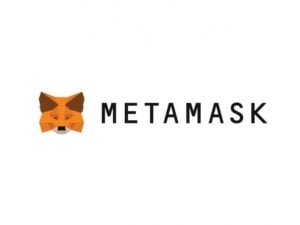The cryptocurrency exchange Coinbase has announced the acquisition of Spindl, a platform focused on the analysis and traceability of on-chain advertising campaigns.
This operation marks an important step in addressing one of the most complex challenges in the blockchain sector: the so-called “onchain discovery problem.” But what does it mean exactly, and why is this acquisition relevant for the cryptocurrency ecosystem?
Why did Coinbase choose Spindl?
First of all, let’s clarify that the “onchain discovery problem” refers to the difficulty of directly and verifiably linking marketing activities to user behavior on the blockchain.
In a traditional context, advertising platforms like Google Ads or Facebook Ads allow you to monitor the effectiveness of campaigns through detailed metrics.
However, in the decentralized world, this transparency is limited. User interactions actually occur on-chain and often lack standardized tools to measure and attribute them correctly.
For those operating in the crypto sector, this gap represents a significant obstacle. Without reliable data, it is difficult to understand what attracts new users or generates value for blockchain protocols. Coinbase, with the acquisition of Spindl, aims to solve this issue.
Spindl is a platform specialized in offering on-chain traceability solutions, providing tools that accurately analyze and attribute user behavior to advertising campaigns.
Founded by former members of the Coinbase team, Spindl is well rooted in the crypto ecosystem and possesses an in-depth knowledge of the technical challenges related to decentralization.
Among the main features of Spindl is the ability to connect off-chain data (such as clicks and views) with on-chain interactions (such as transactions or the use of smart contracts).
This ability provides industry operators with a clearer view of the ROI (return on investment) of their advertising campaigns.
With this acquisition, Coinbase positions itself to provide blockchain projects with more advanced tools to attract and retain users.
As highlighted by the company, the goal is to accelerate the adoption of cryptocurrencies while simultaneously improving the transparency and measurability of on-chain marketing.
The impact on the blockchain ecosystem
The integration of Spindl within Coinbase’s infrastructure could have significant implications for the entire ecosystem.
One of the main challenges faced by decentralized protocols is attracting users sustainably. Without clear data, many platforms are forced to invest in acquisition campaigns with unpredictable results.
Thanks to tools like those offered by Spindl, crypto projects will be able to:
- – Optimize advertising campaigns based on verifiable data.
- – Identify the most effective strategies to attract active users.
- – Demonstrate to investors a more transparent ROI, increasing trust in the sector.
Furthermore, the acquisition could encourage other companies to develop similar technologies, stimulating innovation in the field of on-chain advertising.
The acquisition of Spindl by Coinbase is not just a strategic move for the company, but represents a step forward towards the creation of a more transparent and measurable ecosystem.
This is particularly important at a time when the adoption of cryptocurrencies and blockchain is growing, but it still remains far from the mainstream.
The ability to analyze and correctly attribute on-chain data will not only improve marketing, but could also help solve broader issues, such as data fragmentation and the lack of standardization in the sector.
Towards a new paradigm of on-chain marketing
The acquisition of Spindl by Coinbase highlights the importance of addressing the “onchain discovery problem” to promote a broader and more sustainable adoption of cryptocurrencies.
Thanks to innovative solutions, this collaboration could offer a new level of transparency and precision to on-chain marketing, benefiting both industry operators and end users.
In a constantly evolving market, moves like this demonstrate how leading companies are seeking to fill existing gaps, paving the way for a more efficient and conscious use of blockchain technology.









